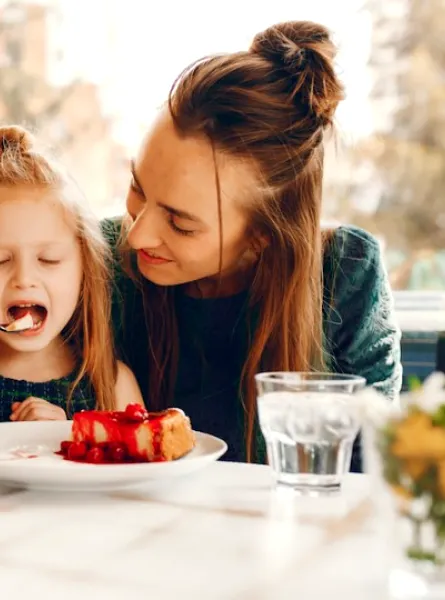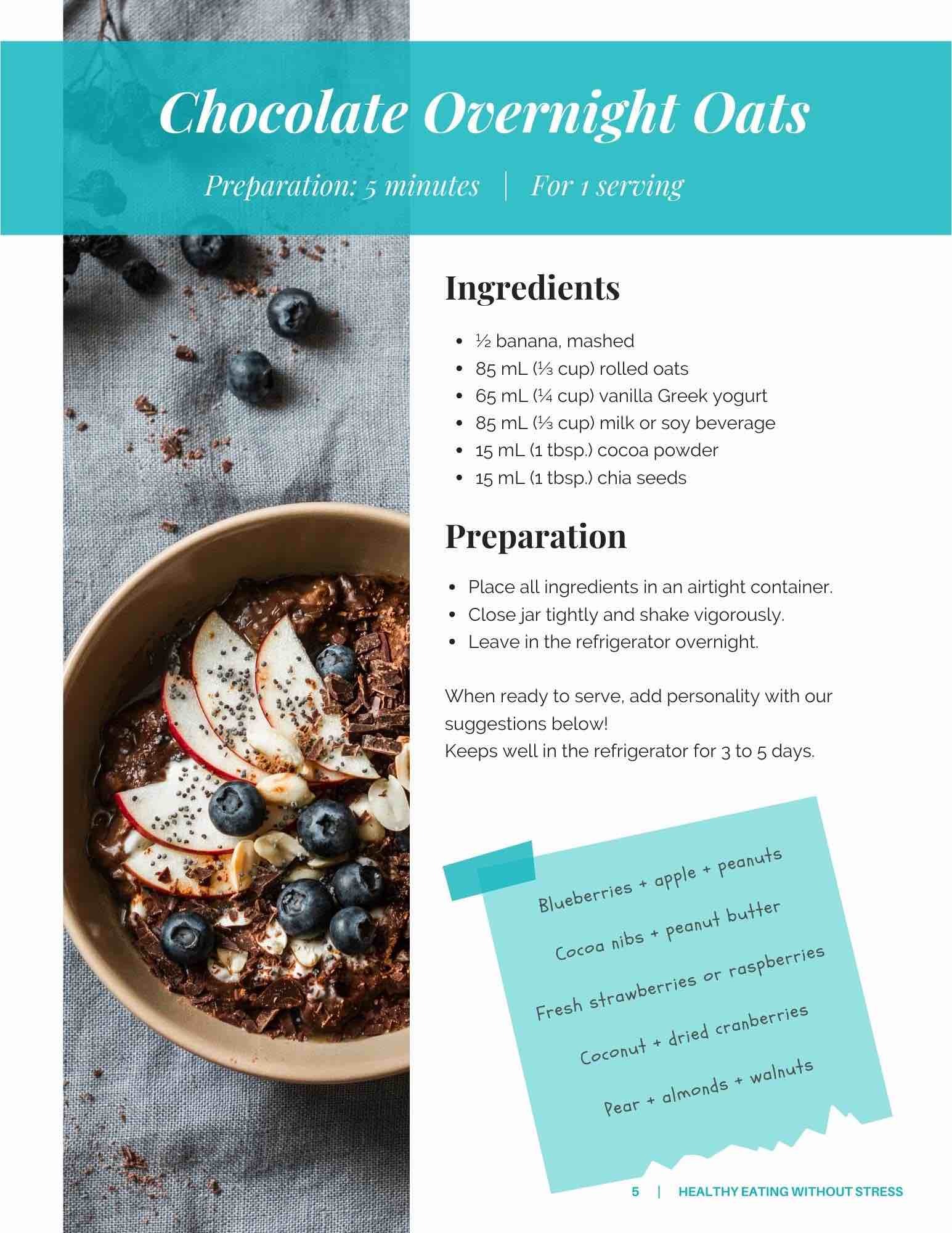
The new American Academy of Pediatrics (AAP) clinical guidelines for the treatment and evaluation of pediatric obesity take an unequivocal stance: obesity in children should be treated as early as possible with intensive multidisciplinary management, with the help of drug therapy and even bariatric surgery if necessary (1). These guidelines have been met with lukewarm responses from the public and some health professionals. Questions are raised about the use of drug therapy and surgery in children and adolescents, as well as fears about an increase in the stigmatization and development of a negative body image in those who are overweight. These guidelines seem to contradict the rise of the Health at Every Size (HAES) movement and body diversity.
Why should obesity be treated quickly and aggressively according to the AAP?
The urgency to treat stems from the finding that children with obesity are at increased risk for comorbidities, adult obesity, morbidity, and premature death (1). Among some of the data reported by the AAP, children with obesity are 3 times more likely to have dyslipidemia (2) than their healthy weight BMI peers. The rate of non-alcoholic fatty liver disease (NAFLD) is as high as 34% in obese children (3), which is worrisome given that pre-adolescents with NAFLD have a higher mortality and liver transplant rate at 20 years of age than those without NAFLD (4). The prevalence of hypertension and sleep apnea reaches 4-30% and 45% respectively in children with obesity (5, 6). Psychological consequences such as impaired psychological and emotional health, increased stress and depressive symptoms, and lower self-esteem are also of concern (1).
Summary of recommendations
Pediatric obesity is defined as a BMI greater than the 95th percentile for age and gender, whereas severe obesity is defined as a BMI greater than 120% of the 95th percentile for age and gender (1). In addition to providing various recommendations for the assessment of obesity and its comorbidities according to age and risk, the AAP recommends its treatment through a family-centered, non-stigmatizing approach that takes into account the social, biological, and environmental factors of obesity (1). Motivational interviewing is recommended to involve the patient and family in the treatment of obesity (1). Intensive health behavior and lifestyle therapy (IHBLT) is a core approach according to the AAP for weight management in children. Ideally consisting of 26 or more hours of treatment over a period of 3 to 12 months, it includes a family-based approach, group or individual meetings, and in-person or virtual meetings (1). If this type of treatment is not available, the treating professional should work closely with the community and refer the patient to relevant community resources and a registered dietitian. The latter are the professionals that are best positioned to work collaboratively in an intensive behavioural treatment setting (1). For adolescents 12 years of age and older, pharmacotherapy should be offered in addition to IHBLT, depending on the indications, risks, and benefits (1). For adolescents 13 years and older with severe obesity, a referral for bariatric surgery evaluation should be made (1).
Concerns
Among chief concerns include fears of harming the child by creating a conflictual relationship with food and the body, the development of eating disorders (ED), and the risk of side effects and complications with more aggressive treatment, i.e. drug therapy and bariatric surgery. Regarding IHBLT, studies show no negative impact on quality of life, but rather an improvement in quality of life in one third of the studies (1). Although no negative impact on mental health has been reported, the AAP states that further studies on this aspect are needed (1). Numerous studies have shown that, although home diets increase the risk of weight change and disordered behaviours, participation in supervised and structured weight management programs decreases the risk of developing an ED, including bulimic symptoms, managing emotions with food, binge eating, and striving for thinness, up to 6 years after treatment (1,7). The AAP mentions that this type of intervention has several points in common with ACT treatment programs, namely an increase in the consumption of healthy foods and physical activity for pleasure as well as an improvement in self-image and self-esteem (1).
With regard to pharmacotherapy, the risks and benefits vary depending on the treatment proposed, which is why the AAP recommends individualized intervention and the involvement of the patient and family in decision-making (1). Pharmacotherapy should also be accompanied by intensive behavioral intervention (1). The AAP reports that bariatric surgery is safe and effective in the treatment of severe pediatric obesity (1). In fact, several studies show that bariatric surgery in this population allows for a lasting reduction in BMI as well as a significant improvement or complete resolution of co-morbidities related to overweight, such as hypertension, type II diabetes, dyslipidemia, cardiovascular disease, as well as an improvement in quality of life (1). According to the literature, post-surgical complications in this population are generally minor (dehydration and post-surgical nausea) and affect 15% of patients (8). However, major complications up to 1 month post-surgery will still affect 8% of patients (8), and 13-25% of patients will require a related procedure up to 5 years post-surgery (9, 10). The risk of nutritional deficiencies is also present and requires close follow-up over a long period of time (1,8). Therefore, the AAP does not recommend bariatric surgery for all severely obese adolescents, but rather to offer them and their families the chance to consider this treatment option (1).
What to remember?
Although some professionals are reluctant to use pharmacotherapy and surgery in a pediatric and adolescent population, the use of IHBLT appears to have no potentially harmful effects. It even appears to improve quality of life, while also reducing the risk of developing an ED and comorbidities in children and adolescents with obesity (1). Since this option is still not widely available, the nutritionist currently remains the most accessible and qualified health professional to work on improving the lifestyle habits of your pediatric patients. Do not hesitate to contact us for more information about our services!
References:
-
Hampl, S.E., Hassink, S.G., Skinner, A.C., Armstrong, S.C., Barlow, S.E., Bolling, C.F., Avila Edward, K.C., Eneli, I., Hamre, R., Joseph, M.M., Lunsford, D., Mendonca, E., Michalsky, M.P., Mirza, N., Ochora, E.R., Sharifi, M., Staiano, A.E., Weedn, A.E. Flinn, S.K.,(...) and Okechukwu, K. (2023). Clinical Practice Guideline for the Evaluation and Treatment of Children and Adolescents With Obesity. Pediatrics. 151(2):e2022060640. https://doi.org/10.1542/peds.2022-060640
-
Nguyen, D., Kit, B. and Carroll, M. (2015). Abnormal cholesterol among children and adolescents in the United States, 2011- 2014. NCHS Data Brief. (228):1–8.
-
Anderson, E.L., Howe, L.D., Jones, H.E., Higgins, J.P., Lawlor, D.A. and Fraser, A. (2015). The prevalence of non-alcoholic fatty liver disease in children and adolescents: a systematic review and meta-analysis. PLoS One. 10(10):e0140908. https://doi.org/10.1371/journal.pone.0140908
-
Feldstein, A.E., Charatcharoenwitthaya, P., Treeprasertsuk, S., Benson, J.T., Enders, F.B. and Angulo, P. (2009). The natural history of non-alcoholic fatty liver disease in children: a follow-up study for up to 20 years. Gut. 58(11):1538–1544. http://dx.doi.org/10.1136/gut.2008.171280
-
Skinner, A.C. (2023). Appraisal of clinical care practices for child obesity prevention and treatment to inform quality improvement. Part II: comorbidities. Pediatrics. 151(2):e202206064. https://doi.org/10.1542/peds.2022-060643
-
Andersen, I.G., Holm, J.-C. and Homøe, P. (2019). Obstructive sleep apnea in children and adolescents with and without obesity. Eur Arch Otorhinolaryngol. 276(3):871–878. https://doi.org/10.1007/s00405-019-05290-2
-
Jebeile, H., Gow, M.L., Baur, L.A., Garnett, S.P., Paxton, S.J. and Lister, N.B. (2019). Association of pediatric obesity treatment, including a dietary component, with change in depression and anxiety: a systematic review and meta-analy-sis. JAMA Pediatr. 173(11):e192841.https://doi.org/10.1001/jamapediatrics.2019.2841
-
Armstrong, S.C., Bolling, C.F., Michalsky, M.P., Reichard, K.W, Section on Obesity; Section on Surgery. (2019). Pediatric metabolic and bariatric surgery: evidence, barriers, and best practices. Pediatrics. 144(6):e20193223. https://doi.org/10.1542/peds.2019-3223
-
Gothberg, G., Gronowitz, E., Flodmark, C.E., Dahlgren, J., Ekbom, K., Marild, S., Marcus, C and Olbers, T. (2014). Laparoscopic Roux-en-Y gastric bypass in adolescents with morbid obesity–surgical aspects and clinical outcome. Semin Pediatr Surg. 23(1):11–16. https://doi.org/10.1053/j.sempedsurg.2013.10.015
-
Olbers, T., Beamish, A. J., Gronowitz, E., Flodmark, C. E., Dahlgren, J., Bruze, G., Ekbom, K., Friberg, P., Göthberg, G., Järvholm, K., Karlsson, J., Mårild, S., Neovius, M., Peltonen, M., and Marcus, C. (2017). Laparoscopic Roux-en-Y gastric bypass in adolescents with severe obesity (AMOS): a prospective, 5-year, Swedish nationwide study. The lancet. Diabetes & endocrinology. 5(3), 174–183. https://doi.org/10.1016/S2213-8587(16)30424-7






